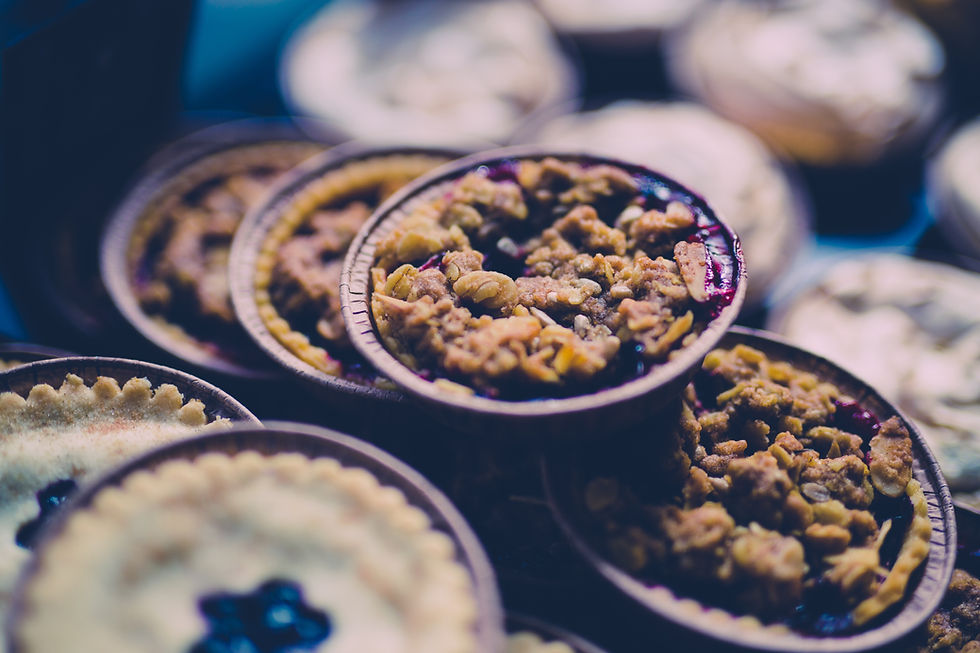
What is Celiac disease and how does it affect fertility?
Celiac disease is an auto-immune condition that is characterized by damage in the gastrointestinal tract (specifically the small intestine) upon exposure to gluten as well as the malabsorption of nutrients. Gluten is a protein found in wheat, rye, and barley. Current studies show that women with un-diagnosed celiac disease have higher rates of sexual dysfunction, menstrual abnormalities and infertility. During pregnancy, poorly managed or undiagnosed celiac disease symptoms can also lead to complications such as congenital malformations, inter-uterine growth restriction and miscarriage. Although sub fertility was prevalent in cases of undiagnosed women who were trying to conceive, rates of fertility did significantly improve upon celiac disease diagnoses and strict control of diet and lifestyle choices.
Undiagnosed coeliac disease may be a cause of infertility. It is estimated that up to 75% of coeliac disease cases are undiagnosed.
Nutrition recommendations Celiac disease can affect levels and absorption of key nutrients such as iron, folate, vitamin B12, calcium, phosphate, magnesium and vitamin D. Studies show that infertility experienced by women is mainly attributed to malabsorption of these nutrients and subsequent malnutrition.
Gut healing protocols through nutrition and lifestyle changes can help heal inflammation in the gastrointestinal tract and leaky gut syndrome by reducing inflammation. Reducing damage and inflammation the gut will help women who are trying to conceive and have been diagnosed with celiac disease by increasing absorption of above listed key nutrients. Coeliac disease is strongly associated with other conditions such as type-1 diabetes and autoimmune thyroid diseases. Although this is determined on a case-by-case basis, screening thyroid function and blood sugar levels can be crucial in your conception journey.
Gluten-free diet, celiac disease and fertility Currently, the most effective treatment for celiac disease is to stick to a strictly gluten-free diet along with a gut healing protocol that may include anti-inflammatory food options, protein rich diets, low saturated fats, and supplements or foods sources of iron, folate, vitamin B12, calcium, phosphate, magnesium and vitamin D. Women with celiac disease who are considering pregnancy or who are already pregnant should follow a gluten-free diet.
How can I help you stick to an optimal gluten-free diet?
Adopting a strict gluten-free diet can be challenging. I can help you make this time in your life a little more simple by assisting with the following:
making appropriate gluten-free food choices
interpreting food product labels
recipes for cooking gluten-free foods at home
how to avoid cross-contamination from gluten-containing foods
how to consume a varied and balanced gluten-free diet that meets your nutrient needs for healthy conception and a healthy pregnancy
gut healing protocols
GLUTEN FREE BLUEBERRY CRUMBLE RECIPE
Serves: 2
INGREDIENTS
Blueberry filling
1.25 cups of fresh blueberries (organic or local if possible)
1.5 tablespoons of maple syrup or honey
1/4 teaspoon of lemon zest
1/4 teaspoon of cinnamon
Gluten-free oat and almond topping
1/4 cup gluten-free old-fashioned oats
1/4 cup gluten-free packed almond meal
1/4 cup sliced almonds
1 tablespoon of maple syrup
1/4 teaspoon fine grain sea salt
2 tablespoons coconut oil melted
1 tablespoons plain yogurt (Greek or regular)
INSTRUCTIONS
Preheat the oven to 350 degrees Fahrenheit. Rinse and drain the blueberries. In a small baking dish, mix together the blueberries, maple syrup or honey, lemon zest, and cinnamon.
In a medium mixing bowl, stir together the oats, almond meal/flour, sliced almonds, and salt. Mix in the coconut oil and yogurt. Stir until all of the flour is incorporated and the mixture is moistened throughout.
Drop spoonfuls of the oat mixture over the blueberry filling and use your fingers to break up the mixture until it is evenly distributed. You do not need to pack it down or flatten it.
Bake for 40, or until the filling bubbling and the top is lightly golden. Let the crisp rest for 5 to 10 minutes before serving.
NOTE: this can be served with yogurt for breakfast or ice cream for dessert :)
コメント